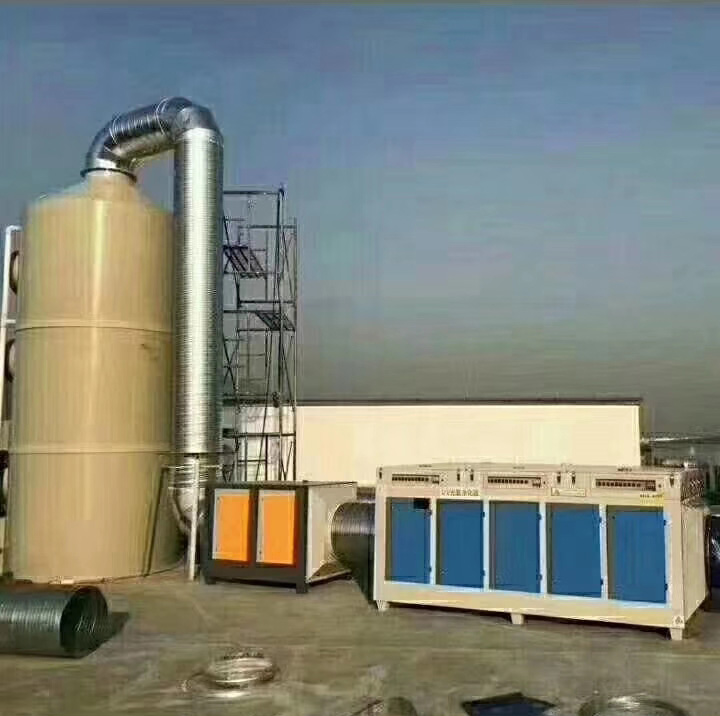Exhaust gas treatment technology

Exhaust gas treatment technology
There are many domestic organic waste gas treatment technologies, but as far as their working principles are concerned, they can be divided into the following eight types:
1. Adsorption: The use of an adsorbent to physically combine with a volatile organic compound or a chemical reaction to remove contaminated components.
2. Absorption: The organic waste gas and the washing liquid are brought into full contact to realize the transfer of pollution molecules, and then the organic waste gas molecules are completely removed by chemical agents.
3. Condensation: The exhaust gas is cooled to the "freezing point" of the organic exhaust gas molecules, which are condensed to a liquid state and then recovered.
4. Membrane separation: Use synthetic membrane to separate toxic substances in exhaust gas.
5. Biodegradation: Microbes digest and metabolize pollutants in waste gas, and convert the pollutants into harmless water, carbon dioxide and other inorganic salts.
6. Thermal incineration: Based on the characteristics of organic compounds in the exhaust gas that can be burned and oxidized, it is converted into harmless carbon dioxide and water.
7. Plasma: The plasma field is enriched with a large number of active species, such as ions, electrons, excited atoms, molecules, and free radicals; active species dissociate small molecules of pollutant molecules.
Plasma is mainly suitable for organic waste gas treatment with high concentration and relatively low temperature. It is generally suitable for the recovery and treatment of organic waste gas with high VOCs content and small gas content. Since most VOCs are flammable and explosive gases, subject to the limit of explosion, the VOCs content in the gas will not be too high, so it must be higher. The recovery rate needs to adopt very low-temperature condensing medium or high-pressure measures, which will inevitably increase equipment investment and processing costs. Therefore, this technology is generally used as a good processing technology and combined with other technologies.
8. Photooxycatalysis: Photocatalyst nanoparticles are stimulated to generate electron-hole pairs when irradiated with light of a certain wavelength. Water adsorbed on the surface of the hole-decomposition catalyst generates hydroxyl radicals OH, and the electrons reduce the surrounding oxygen to active ion oxygen. Therefore, it has a strong redox capacity and can destroy various pollutants on the surface of the photocatalyst.


